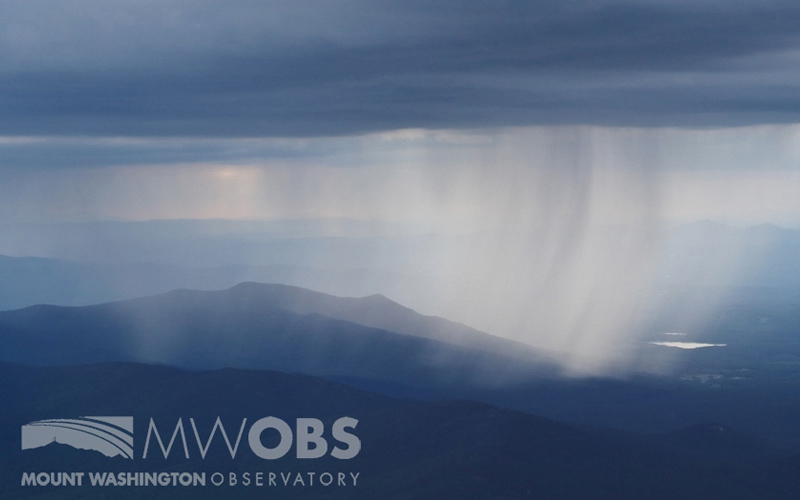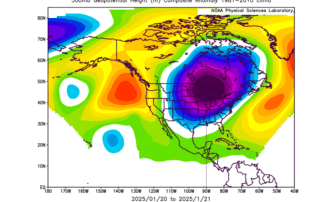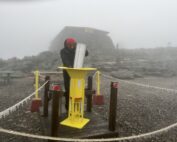Citizen Science Puts Weather Reporting in Your Hands

Ryan Knapp, Weather Observer & Meteorologist
Going with the Flow: Why New England Didn’t Experience Any Classic Nor’easters This Winter
Going with the Flow: Why New England Didn’t Experience Any Classic Nor’easters This Winter By Peter Edwards Why didn’t the Northeast experience any major snowstorms this year? If I had to guess, it’s the million-dollar question that meteorologists, winter recreationists, and snow lovers alike have been
From Trailheads to Friendships: How 25 Years of Seek the Peak Built a Community
From Trailheads to Friendships: How 25 Years of Seek the Peak Built a Community By MWOBS Staff | April 30, 2025 From Humble Trails to Towering Triumphs In 2001, a small team with a big vision launched a hike that would change everything. Mount Washington Observatory
A Look at The Big Wind and Measuring Extreme Winds At Mount Washington
A Look at The Big Wind and Measuring Extreme Winds at Mount Washington By Alexis George Ninety-one years ago on April 12th, Mount Washington Observatory recorded a world-record wind speed of 231 mph. While a higher wind speed has been recorded elsewhere (Tropical Cyclone Olivia, Barrow
My Fall Adventure Observing Mountain Weather
My Fall Adventure Observing Mountain Weather By Ingrid Miller Hello everyone! My name is Ingrid Miller and I am one of the fall interns at Mount Washington Observatory. I grew up in Vermont and
Snow-to-Liquid Ratio Overview
Snow-to-Liquid Ratio Overview By Charlie Peachey Collecting the Precip Can for measurements. Forecasting and measuring precipitation in the winter is often a difficult process at the summit. The thermodynamics involved with the
A New Intern Has Appeared!
A New Intern Has Appeared! By Andrew Sullivan Hello, My name is Andrew Sullivan and I’m one of the new fall interns here at the Observatory! I am a recent graduate from Plymouth State







